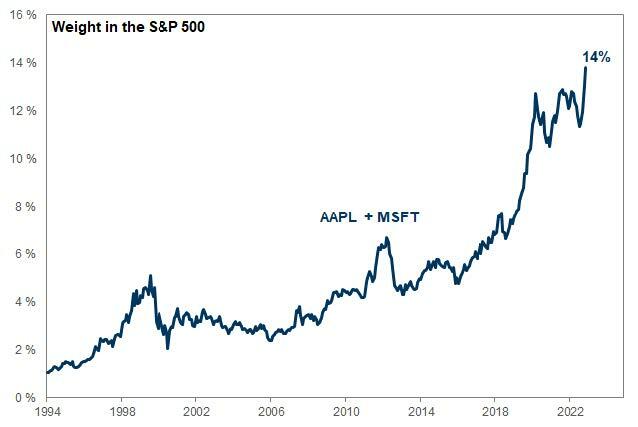U.S. stocks grappled with losses on Wednesday, casting a spotlight on the ongoing federal debt ceiling debate in Washington. The Dow Jones Industrial Average dropped 274 points, shrinking by 0.8%, while the S&P 500’s dip of 0.9% dragged it into a possible monthly loss. The Nasdaq Composite followed suit, retracting by 0.7%.
The debt ceiling deal, which stemmed from weekend negotiations between President Joe Biden and House Speaker Kevin McCarthy, had sailed through its first significant obstacle. A tight 7-6 vote in the House Rules Committee saw it progress to the House floor. As the clock ticked towards the scheduled 8:30 p.m. ET floor vote on Wednesday, GOP negotiator Rep. Patrick McHenry voiced confidence in the bill’s passage.
Despite these reassurances, market watchers remained on edge. Sam Stovall, Chief Investment Strategist at CFRA Research, argued that while a U.S. default would likely be averted by the debt ceiling deal’s passage, concerns persist. Investors pondered the need for further adjustments and an extended timeline for a finalized agreement as the Treasury’s “X-Date” of June 5th rapidly approaches.
Stovall projected that once the bill gained approval, the market’s gaze would then pivot to the upcoming June FOMC meeting. “Some investors are worried that the high-decibel, dissenting fringes might end up causing this vote to fail and require some adjustments before it ends up passing,” Stovall said.
“People are taking whatever profits they can ahead of the vote tonight.”
And though stocks slipped on the day, the tech-rich Nasdaq Composite exhibited robust growth month-over-month, recording a 5.7% uptick. The S&P 500 is on track to close flat whereas the Dow could notch a 3.9% loss.
The Nasdaq’s success is largely due to the buzz around artificial intelligence, highlighted by Nvidia’s momentary soar above a $1 trillion market cap on Tuesday. However, Wall Street harbors concerns about the market’s stability, fearing that the strength might be too narrowly confined.
That’s something we’ve noted, too, over the last few weeks; market breadth has grown incredibly narrow. And, when that happens, stocks tend to fall.

Earlier this month, AAPL and MSFT alone made up roughly 14% of the S&P 500’s total market cap. That number has only gone up as tech stocks surged in response to Nvidia’s AI guidance breakthrough.
This suggests that, even in the event of a (highly likely) debt ceiling resolution, stocks are set for a selloff, anyway. Bad breadth combined with rising rate hike expectations should put pressure on stocks. Keep in mind also that the last time the government passed a debt ceiling bill in the eleventh hour, the S&P 500 fell roughly 15% in the weeks that followed.
The situation these days is arguably less hospitable to bulls following a major market melt-up to resistance at S&P 4,200, which has served as a major hurdle for bulls this year.









